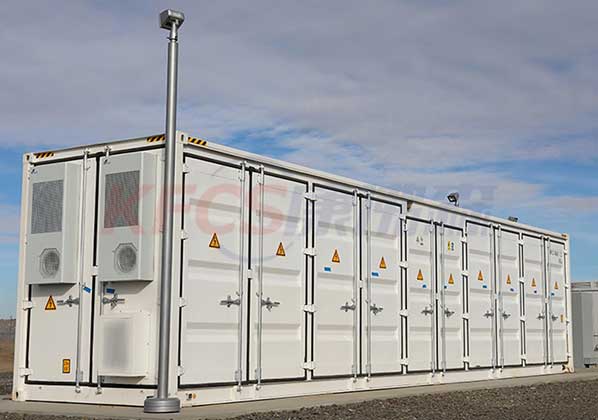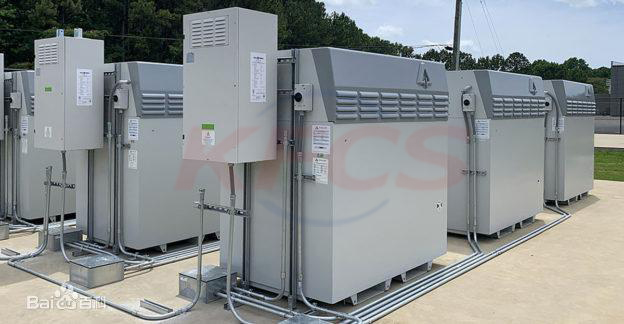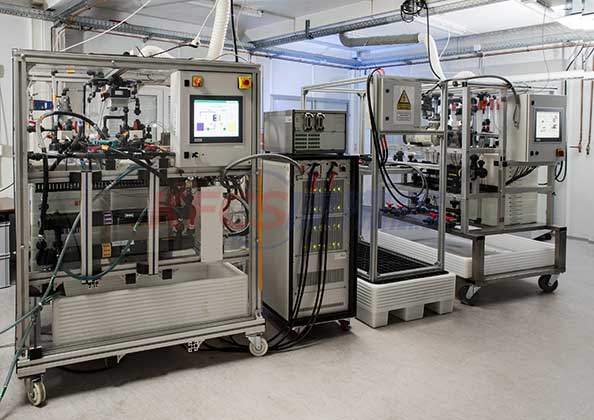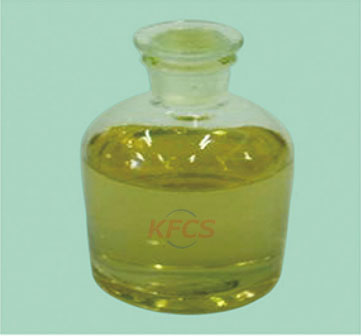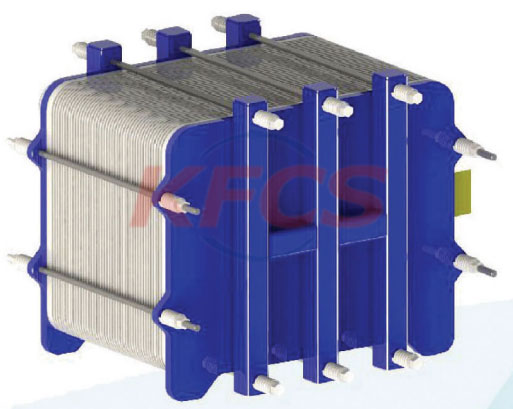Intelligent energy storage system
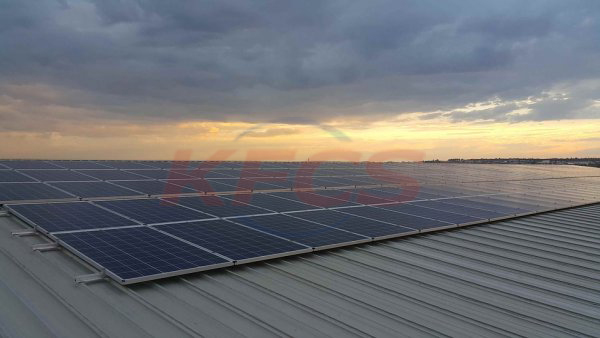
Solar Thin Film Cell
The main advantages of thin-film solar cells are: small mass, extremely thin thickness (several microns), bendable, and simple manufacturing process.
Because the traditional crystalline silicon solar cell is composed of silicon, the main part of the cell is fragile and prone to invisible cracks. Most of them have a layer of tempered glass as a protection, resulting in heavy weight, inconvenience to carry, poor shock resistance, high cost, and more or less reduced efficiency.
Thin-film solar cells overcome the above shortcomings. In the past few years, due to backward technology, the photoelectric conversion efficiency of thin-film solar cells is not as high as that of traditional crystalline silicon cells. The improvement of the conversion efficiency of thin-film solar cells is the main direction of continuous research in the field of solar technology. As of mid-2015, the photoelectric conversion efficiency of cadmium telluride thin-film solar cells in the laboratory has reached 21.5%. First Solar, the world's largest manufacturer of cadmium telluride solar cell modules, plans to achieve 16% efficiency in related modules within 2015. At present, the efficiency of copper indium gallium selenide thin-film solar cells also exceeds 21%, and the efficiency of related components will also reach 15%.
At present, the commercialized thin film solar cells mainly include: cadmium telluride thin film solar cells, copper indium gallium selenide thin film solar cells, and amorphous silicon thin film solar cells.
Main disadvantages:
Easy to deliquescence: The growth mechanism of thin-film materials determines that thin-film solar cells are easy to deliquescence, so the water resistance of fluorine-containing materials for encapsulating thin-film solar cells is required to be about 9 times stronger than that of crystalline silicon cells.
Light-induced attenuation: about 30% attenuation.
About News
- Redox flow battery (RFB) is a rechargeable electrochemical device
- Major Strengths of Vanadium Redox Flow Battery
- Industrial chain of power battery recycling
- The principle of vanadium battery
- U.S. to investigate PV modules in four Southeast Asian countries
- What are the advantages of all-vanadium redox flow battery energy storage technology?
- Tiny battery-free sensing device floats with the wind
- The Smart Battery Management System
- 2.5kW vanadium battery
- What are the advantages of all vanadium redox flow battery energy storage technology?
Products


